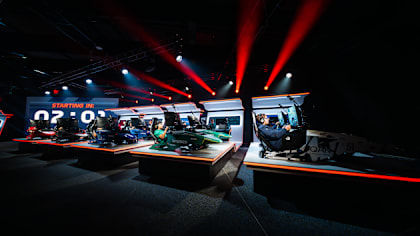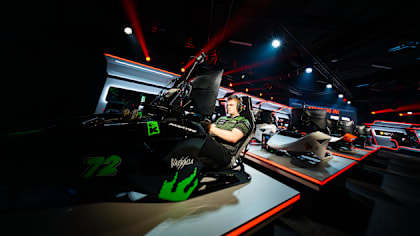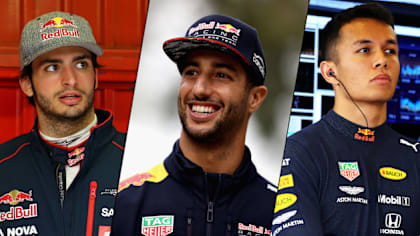The 2021 title fight between Red Bull’s Max Verstappen and Mercedes’ Lewis Hamilton is very much about the technical differences between their cars. Of course it’s also about the personal performances of each driver, the pit stops, the strategies, the support of the respective team mates – but they are all second order factors that come into play only when the two cars are sufficiently closely-matched.
What has been striking about the season to date is that at four of the six races, one or the other of the cars has had a decisive performance advantage over the other as different circuits have lent different importance to the strengths and weaknesses of each car.
We are coming off the back of two tracks – Monaco and Baku – where the dominant factor driving the difference between the two cars was front tyre warm-up. The low grip of the street surfaces and the low energy fed into the tyres by the short, slow corners make it so.
This favoured Red Bull considerably. But in the race immediately preceding those, at Barcelona, the big differentiator was controlling thermal degradation of the rear tyres, and this defined the Mercedes as much the better car there.

The characteristics of Monaco and Baku flattered Red Bull
We now head to Paul Ricard, where the challenge can be expected to be very Barcelona-like, something of which Verstappen was all too aware after his tyre blowout cost him victory in Baku and the chance to extend his small points advantage over Hamilton.
“It’s a shame,” he said, “that we missed out on the opportunity to make the gap bigger to Lewis today in the championship, as we know when we get back to the normal tracks, Mercedes will be very strong again.”
In Barcelona, it seemed there was simply no viable window where the Red Bull RB16B could have both adequate end-of-straight speeds and low tyre degradation. According to wing choice, it could only have one or the other, not both.
The Mercedes, a lower-drag car and one which took less energy from its rear tyres, could have both and it was this which enabled Hamilton to make a second pit stop, putting him over 20s behind Verstappen, yet still having the tyre grip to catch and pass him before the end. If Red Bull had anticipated the second stop and Mercedes had left Hamilton out in response, Verstappen probably would not have had the pace to have caught Hamilton, let alone passed, before the end.
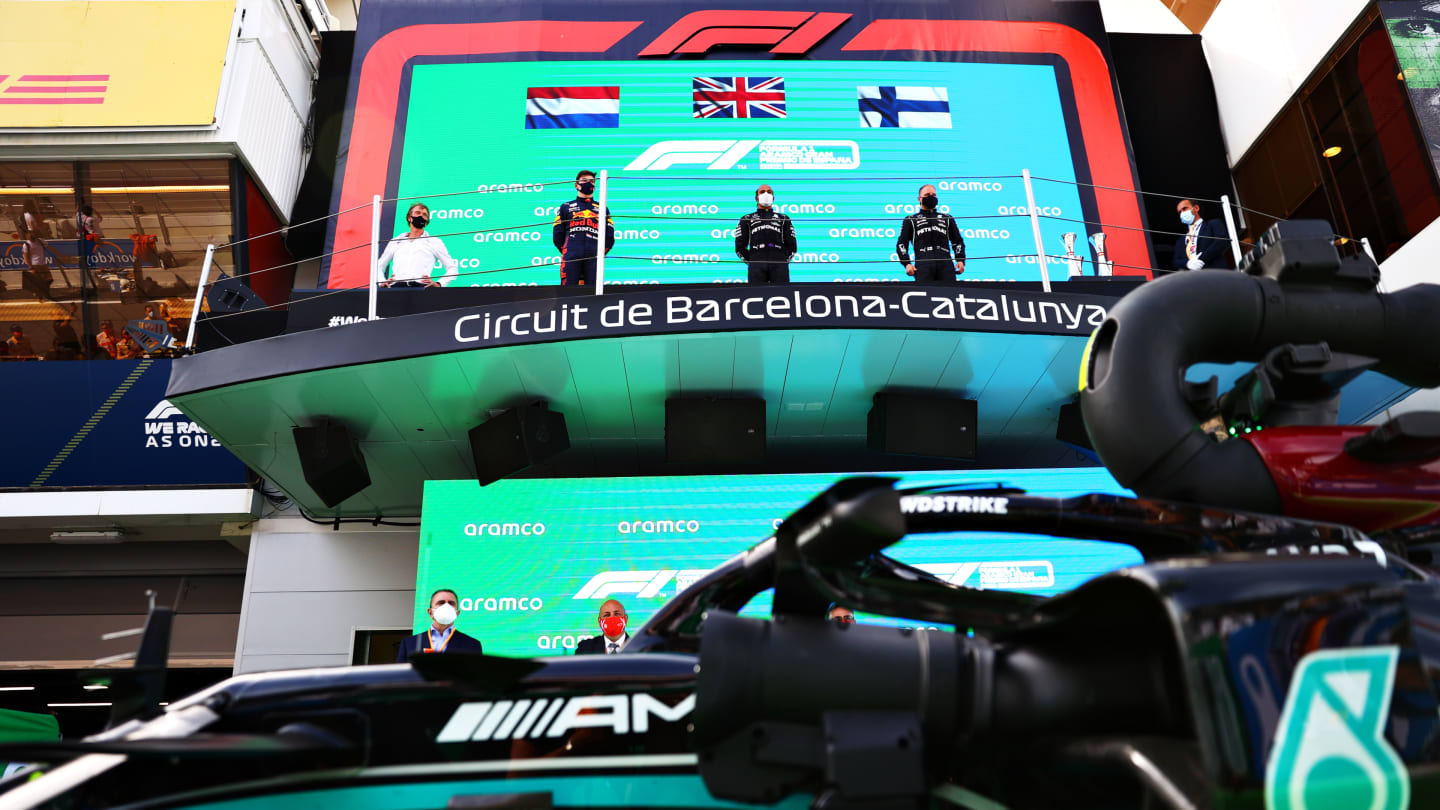
Red Bull were powerless to stop Mercedes in Barcelona
The Red Bull’s tyre deg was simply that much higher than the Merc’s when fitted with the lower downforce of its two available rear wings, the one which gave it adequate straight-line speed and a better qualifying performance.
That, at least, is what Verstappen believed. “I could see it coming,” he said of Merc’s strategy in Barcelona. “Already at the end of the first stint with the softs [Hamilton] was faster and when we put on the mediums he had a lot more pace, he could just stay within one second, so there was not much we could have done. They went for another stop and then I knew it was over. I was already struggling with the tyres and he was just getting closer and closer, so I was a bit of a sitting duck.
“We were clearly lacking pace,” he added. “We were too slow. That’s how you sum it up. There’s not much else to really discuss. I tried everything to manage it as good as I could, looking after tyres and stuff, but it’s just not enough when behind you they are just pushing you at the rate you see. There’s clearly a bit more pace.

A return to Paul Ricard could be just what Mercedes need to get back in the title fight
“You, of course, try to keep up with it and do the best possible strategy you can, but even if we had gone, let’s say, for that earlier second stop, I don’t think I would have caught Lewis up after that. We just need a faster car; it’s very simple. Then you don’t need to get into a situation like that. That’s what we have to focus on.”
The big question ahead of Ricard is whether Red Bull have found any answers to that dilemma, one which wasn’t relevant at either Monaco or Baku and so didn’t compromise competitiveness there, but could be vital here.
There are two further complications: Ricard is the first race for the FIA’s new wing flexibility measuring protocols. That new way of measuring the flexibility may make it unfeasible for Red Bull to run the wing they did in Barcelona, which would seemingly make it yet more difficult to combine competitive end-of-straight speed and tyre degradation.
READ MORE: Flexi wings – What are they and why is everyone talking about them?
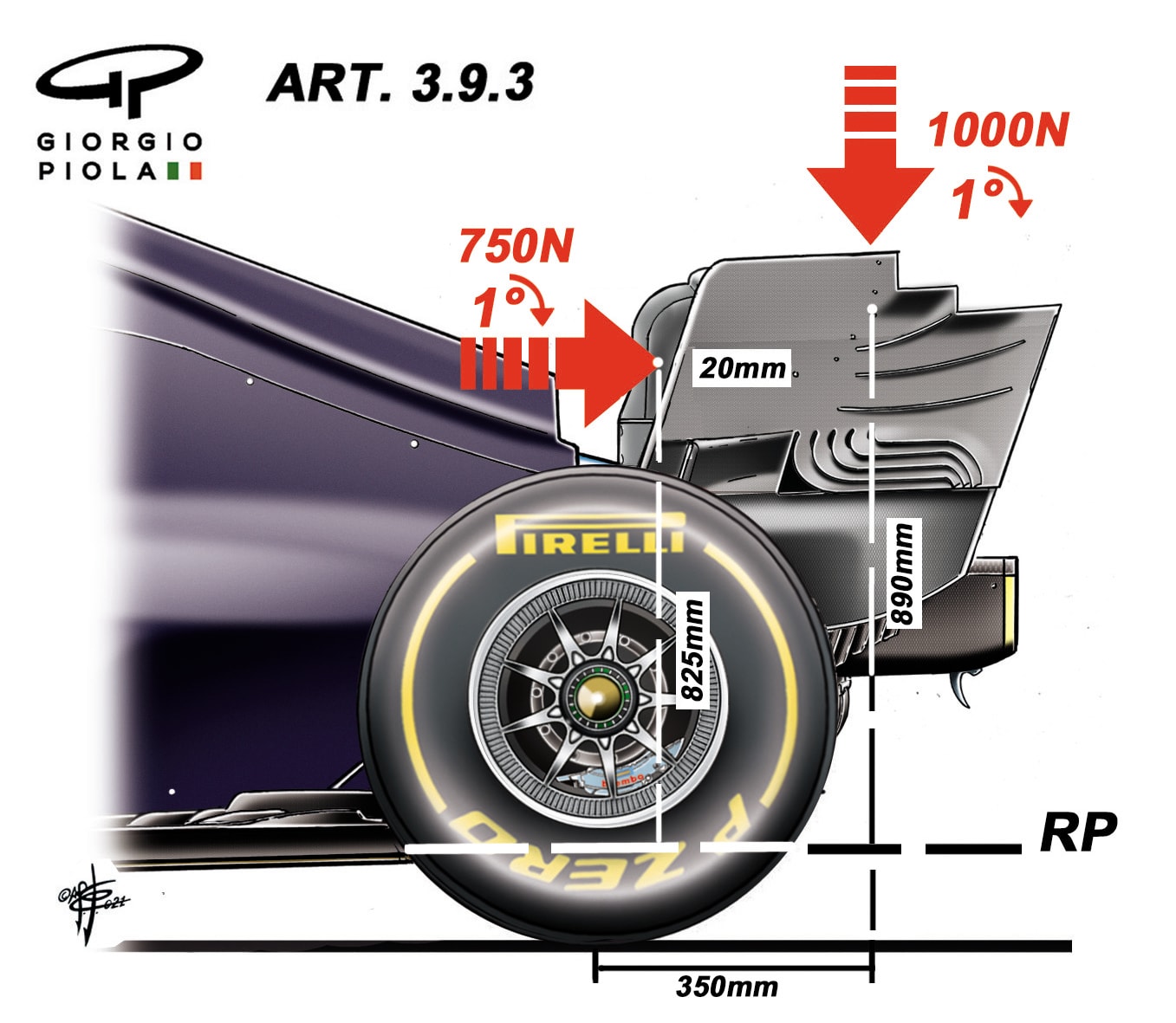
Giorgio Piola’s illustration, showing the new demands of the FIA’s flexibility measuring protocols
Secondly, Pirelli’s tyre compound selection here is more aggressive than at Barcelona, with the C2/3/4 combination rather than the C1/2/3. The crucial part of that equation isn’t the softness of the compounds per se but how soft they are relative to the demands of the track on the day. That’s something that will only start to be revealed during Friday running, but which may possibly increase Red Bull’s challenge.
The one trait which could yet prove troublesome for Mercedes is that slow warm-up, particularly when on the hardest compound. Although the track’s characteristics mean this shouldn’t rear its head in qualifying, as it did in the last two races, it could still make for a tricky situation around the pit stops.
READ MORE: What tyres will the teams and drivers have for the 2021 French Grand Prix?
Considering under or overcut, although the high heat degradation of the tyres will mean that the in-lap grip will be relatively low (favouring the driver stopping first) the advantage of that may be overcome by how slow the hards are on the out-lap before they are fully up to temperature. This is a trait more likely to catch out Mercedes than Red Bull.
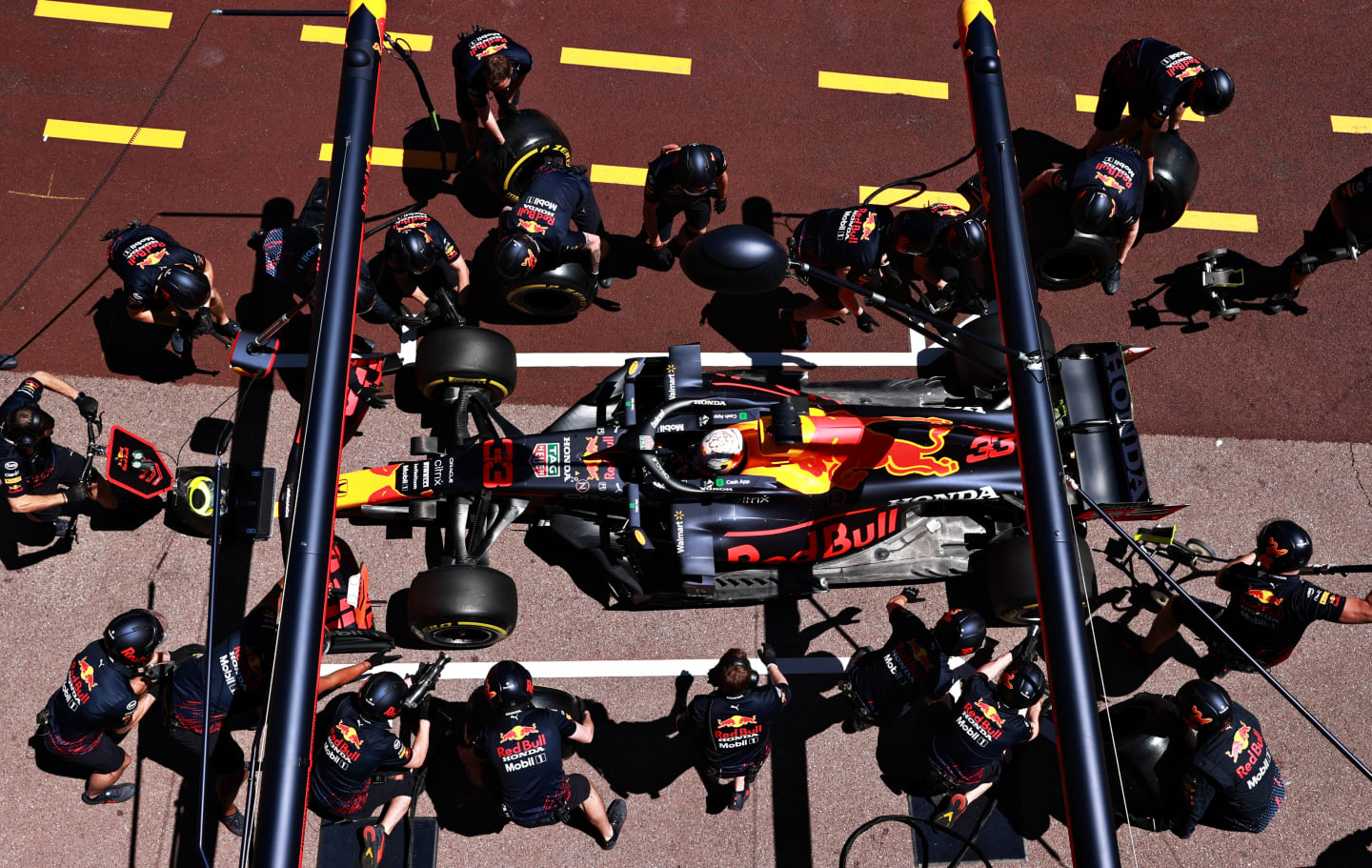
The famously fast work done by Red Bull's pit crew could prove crucial
This may turn out to be irrelevant if Mercedes are leading up to the stops, but could compromise any undercut challenge they make if they are the car behind. It may mean the undercut is not available for them. Red Bull are likely to be much more flexible on this – and because of the lightning-fast speed of their pit stops.
WATCH: Relive the 2019 French GP ahead of F1's return to Paul Ricard this weekend
The camber and minimum pressures imposed by Pirelli are on the conservative side (Lance Stroll suffered a blowout of the front here in 2018) and this will only tend to make first lap warm-up even trickier.
Overall, based on the traits of the cars seen so far, Ricard may be expected to favour Mercedes, but with some concerns of track position around the stops. But Red Bull for certain won’t have been standing still on understanding and trying to correct their car’s tyre degradation characteristics, which led to their drubbing in Barcelona.

